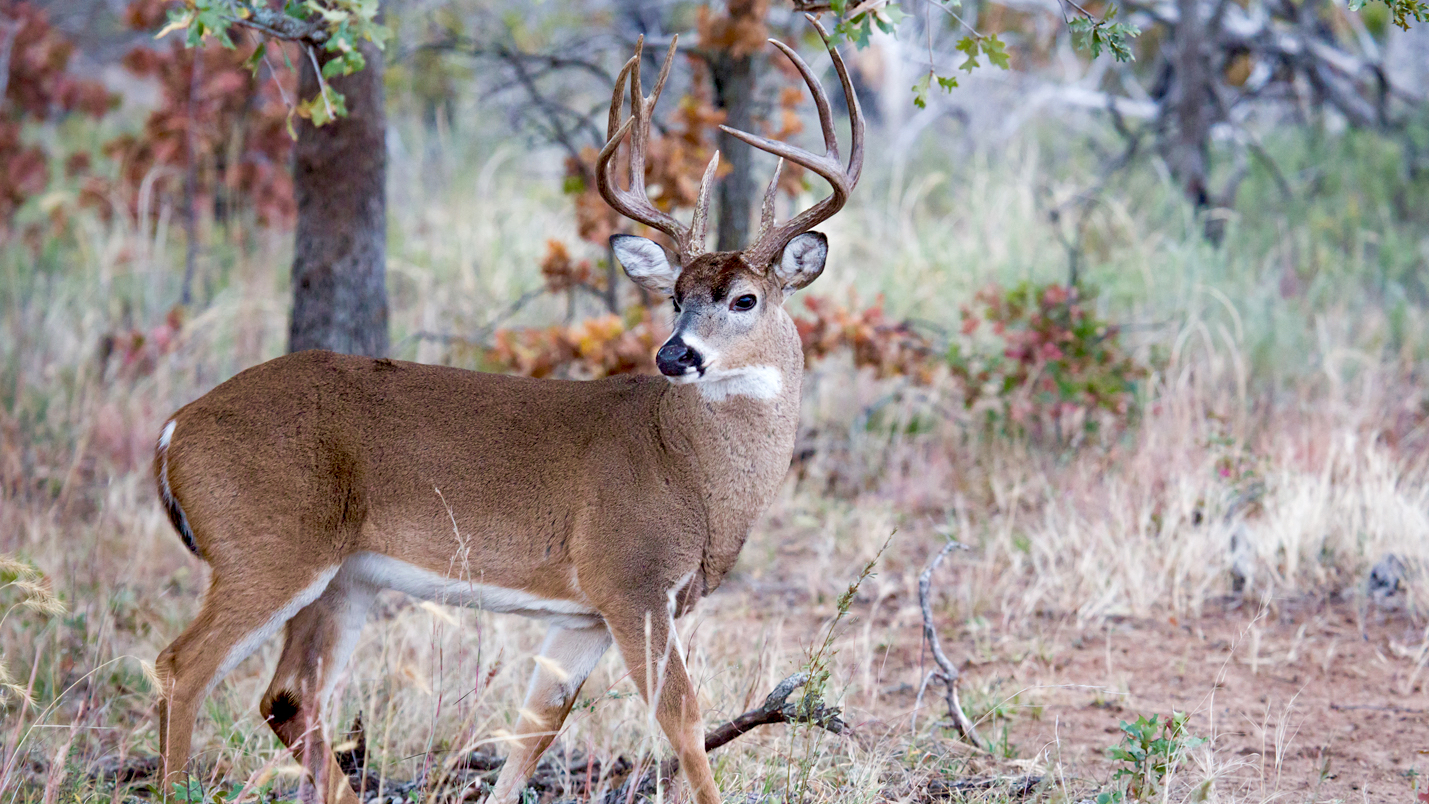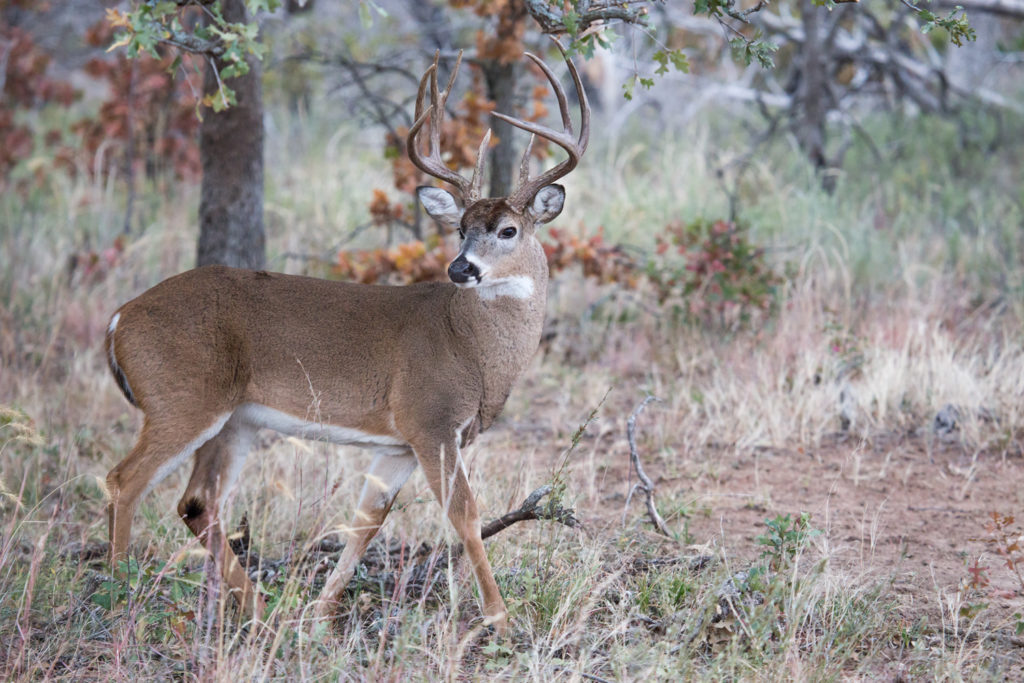Venison medicine
Are you losing too much venison? Here’s how to balance a quick kill with less wasted meat
Advertisement
Quartering toward me, the white-tailed buck was no more than 75 metres away when I squeezed the trigger on my .270 Winchester. To hit the vitals and ensure a quick kill, I aimed low on the animal’s shoulder, hoping for a heart shot. Unfortunately, things didn’t go as cleanly as planned, with the bullet’s impact pulverizing flesh and shattering bone. Plus, the shockwave forced blood in all directions, leaving it pooled in the flesh under the skin. Trimming away this heavily bruised, jelly-like meat—known as “bloodshot”—added to the waste.
Advertisement
In the end, I relegated 1½ kilograms of precious venison to the scrap bucket. A typical boned-out deer yields 20 to 40 kilograms of meat, and while it may not seem like much, spoiling even five per cent of the total with a gunshot wound means a big loss of venison.
Bullets cause incredible shock to an animal’s nervous system. Sometimes, it’s enough to drop the animal in its tracks; otherwise, it usually dies quickly from blood loss. Of course, bullets are designed to punch a wound channel, and this inevitably damages meat. But how much damage they actually cause depends on shot placement, impact velocity, bullet construction and cartridge design.
Ask any hunter to name the best cartridge and bullet combination for big-game animals and you’ll get dozens of different answers. But by understanding what happens when a bullet impacts your quarry, you can make your own informed choice. Here’s what to consider when your aim is to preserve as much venison as possible.
Advertisement


